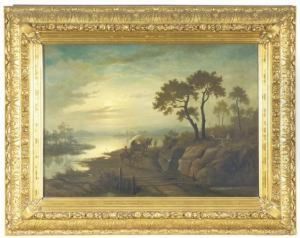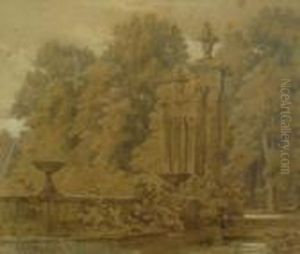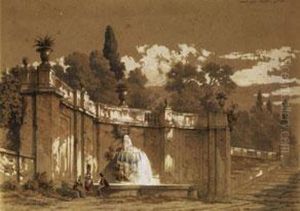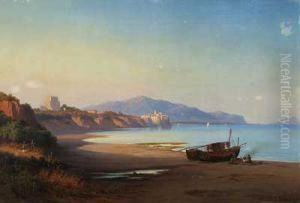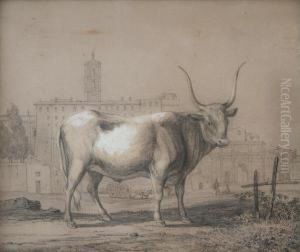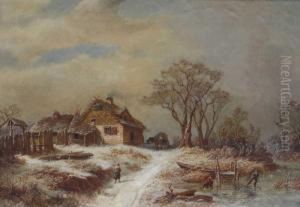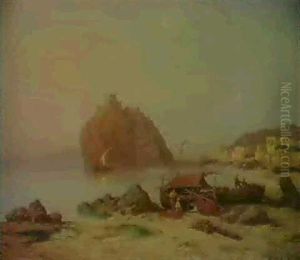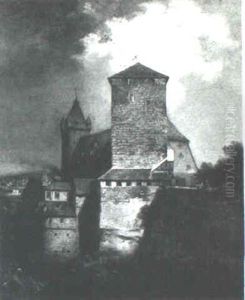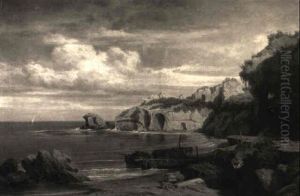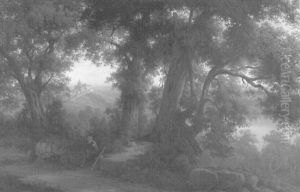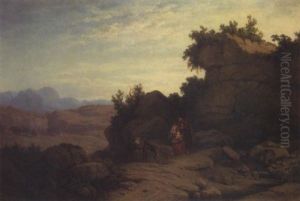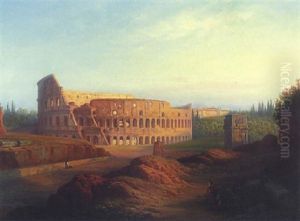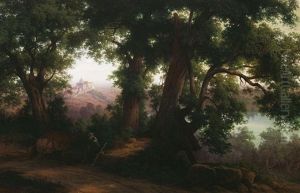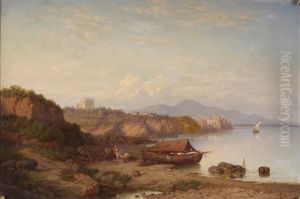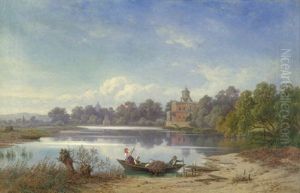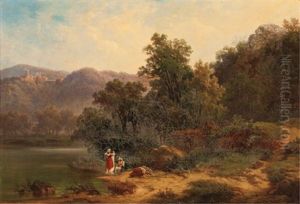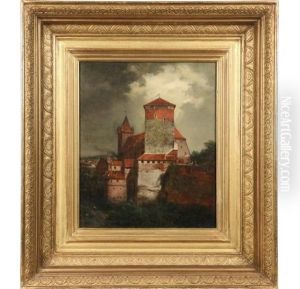Julius Schlegel Paintings
Julius Schlegel was an Austrian-born individual, but he is not primarily remembered as an artist in the traditional sense of painting or sculpture. Instead, Schlegel is often recognized for his actions during World War II, particularly for his role in saving art treasures from the Altaussee salt mines in Austria.
Born on June 14, 1891, in Vienna, Austria, Schlegel served in the Austro-Hungarian Army during World War I. After the war, he remained in the military, transitioning into the Austrian Federal Army. With the annexation of Austria by Nazi Germany in 1938, he became part of the German Wehrmacht.
During World War II, Schlegel was stationed near the Altaussee salt mines, where the Nazis stored stolen art treasures from across Europe, with the intention of creating Hitler's Führermuseum in Linz. Towards the end of the war, as the defeat of Nazi Germany became imminent, the threat of these art treasures being destroyed was very real, either through Nazi orders or from the chaos of war.
Schlegel, who valued the cultural significance of these art treasures, covertly worked with local miners and other officials, including Ernst Kaltenbrunner's brother, to protect the art. They devised a plan to safeguard the works and prevent the planned demolition of the mines. Their efforts were successful, and the art was later recovered by the Allied forces, notably the Monuments Men, a group of museum directors, curators, art historians, and others who worked to protect and repatriate stolen art during and after the war.
After the war, Schlegel's actions were initially met with some suspicion, partly due to misinterpretations of his motives and his military association with the German Wehrmacht. However, over time, the significance of his role in saving the art became more widely recognized and appreciated.
Julius Schlegel passed away on October 26, 1958. While his name might not be as well-known as some of the artists whose works he helped save, his contribution to preserving Europe's cultural heritage during one of its darkest periods remains a notable aspect of his legacy. His story and those of others involved in similar efforts during the war have been the subject of books, documentaries, and films, shedding light on the often overlooked heroes who protected invaluable art from destruction.
